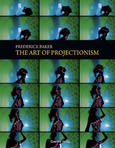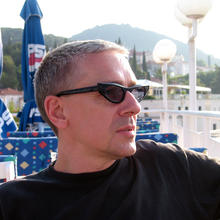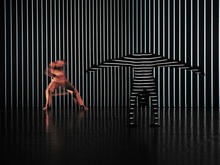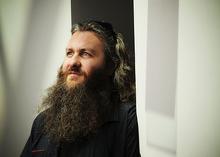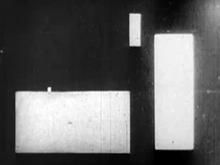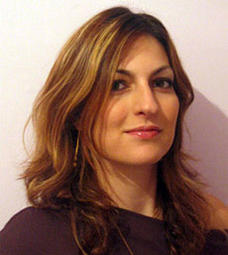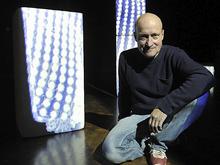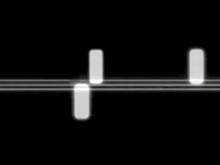the concept of … (here and now)
(2010)by Klaus Obermaier consists of seven chapters that reflect and investigate multiple simultaneous perspectives and the resulting ambiguity.
A project by Klaus Obermaier with Accademia Nazionale di Danza di Roma, Università IUAV di Venezia - Faculty of Arts and Design, Figurentheater-Festival Erlangen and Institute for Theater and Media Sciences, Friedrich-Alexander-University Erlangen-Nuernberg.
What are the consequences of not only choreographing for the perspective of the audience – which usually is also the view of the choreographer – but also for the completely different perspectives of cameras distributed on stage? (...)
The transmission of body-time into computer-time and its retransfer into the physical space as visual and acoustic components of the digital environment, as well as the superimposition of different variable structures and timings, all this unveils the tension between reality and representation, between live performance and its digital depiction and transformation.
And since all content is created in real-time by the performers, it shows us the fascination but also the limitations of our existence in the inescapable here and now.
Source: Klaus Obermaier
Electronic sounds echo through the salty air on the new graduation works. Two dancers appear on stage in the spotlight, and perform an expressive series of static figures and dynamic movement sequences to the music.
At the same time their bodies are recorded by cameras on stage, their images are modulated in a PC and the result is projected on a giant screen that is attached to the graduation works. Here the bodies mutate to dematerialized graphic structures or condense to abstract landscapes of moving verticals in red and white.
The music changes. After the floating sounds by José M. Sánchez-Verdú bizarre rhythm comes into the game in an original composition by Klaus Obermaier himself. The dancers, dressed in black and white now, transform on the canvas into planar and streaky textures, corporeal, sensuous. A vibrant real-time work of art created for the fascination of the moment. (Isabelle von Neumann-Cosel for the Rhein-Neckar-Zeitung, Germany, 2012)
Source: Klaus Obermaier
